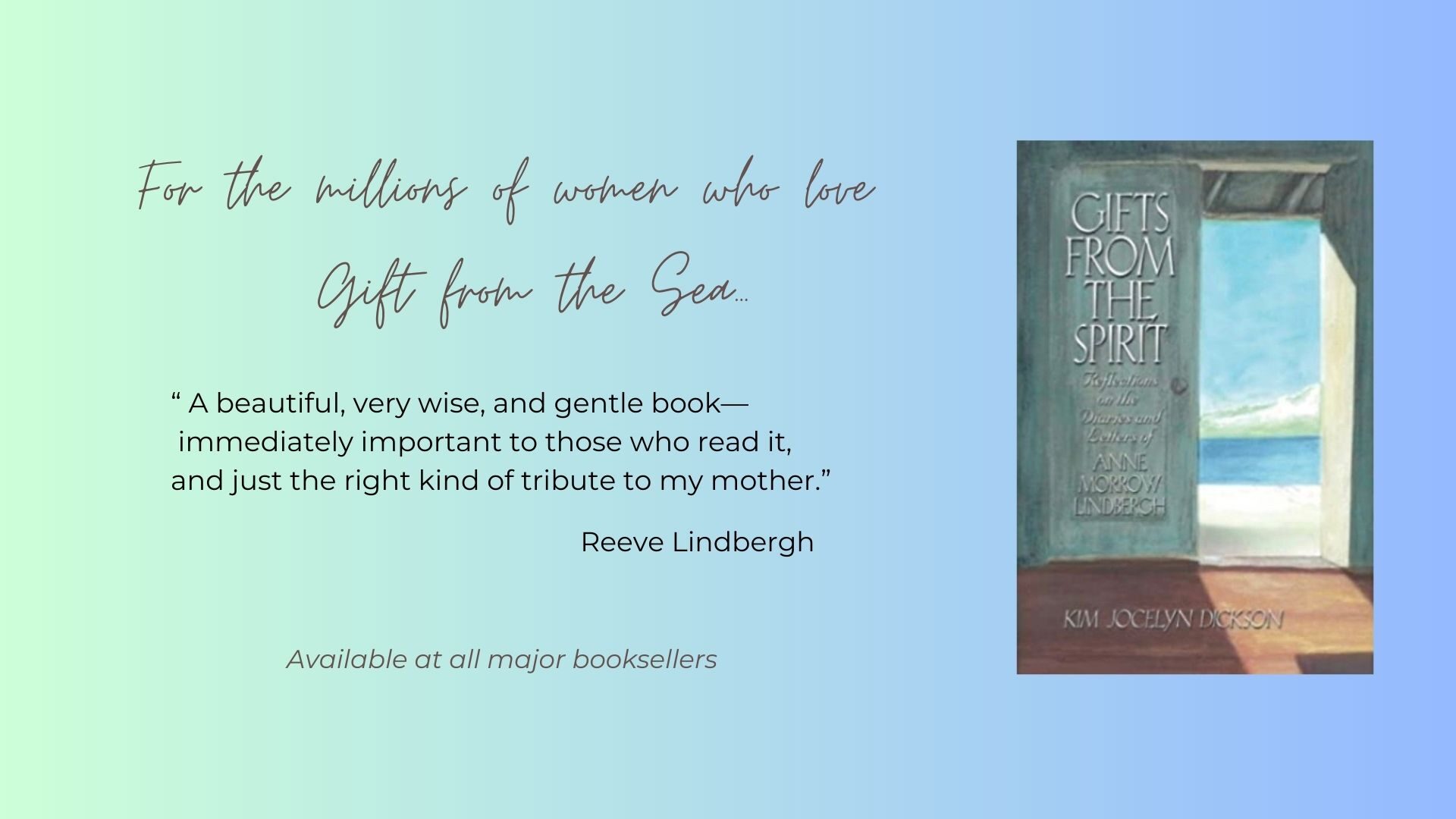 “My grandfather wants to know why we’re studying the Titanic.” The boy was taking advantage of a lull in our fifth grade literature class when he walked right up from the back of the room and put his question to me in a quietly serious voice.
“My grandfather wants to know why we’re studying the Titanic.” The boy was taking advantage of a lull in our fifth grade literature class when he walked right up from the back of the room and put his question to me in a quietly serious voice.
I thought a moment. In the nearly twenty years I’d been teaching Robert Ballard’s Exploring the Titanic to elementary school students, that question had been raised only one other time, and it came from a colleague who thought it was morbid and didn’t see the point in teaching about a terrible tragedy.
My own interest in Titanic had been piqued right about the time I was the age of my students and first saw A Night to Remember. Later, as an adult coming across Ballard’s book about his discovery of the wreck and subsequent dives two and a half miles to the bottom of the North Atlantic, I realized the story’s potential for teaching invaluable lessons.
Through the years my students and I have uncovered many of them. We learn about Titanic on the heels of our study of Greek mythology and find that Titanic’s story has all the elements of a Greek myth. Students see that hubris—the Greek word for excessive pride or self-confidence—is at the heart of the story and caused a series of human mistakes, creating a perfect storm of circumstances that brought the great ship down. From Titanic, students learn that technology is not infallible.
Along with our class study, students are required to choose an aspect of the Titanic story that appeals to them. After doing research, they write a paper, create a tangible project that shows their learning, and present both to the class. Hundreds of projects in, I continue to be amazed by their creativity and learn new things.
Some students are fascinated by the ship itself and build models. Others love the human stories. One boy dressed up as and told the story of Charles Joughin, Titanic’s head baker, who survived the freezing water for an exceptionally long time–allegedly by taking a few nips of whiskey before the sinking. A girl was fascinated by Violet Jessop, the stewardess who survived not only Titanic’s sinking, but the sinking of the Lusitania and Britannic as well. This student found a pattern for her American Girl doll and sewed a World War I volunteer nurse’s uniform, just like the one Jessop would have worn when she served on Britannic, which was converted to a hospital ship during the war. Still other students compose poetry, write diaries, paint pictures, create PowerPoint presentations, and sing songs. Last year, the students in orchestra and band took it upon themselves to learn the Titanic theme from the movie and gave a concert when we opened the doors to our “Titanic Museum” for students from other classes.
At a loss as to how to convey any of this, I looked down at the boy and smiled. “Tell your grandfather we study the Titanic…because it’s interesting.”
He nodded, satisfied, and returned to his seat.

I’m heartened by the fact that you’ve only been asked the question twice. And you’re right, it is interesting–in a thousand different ways!